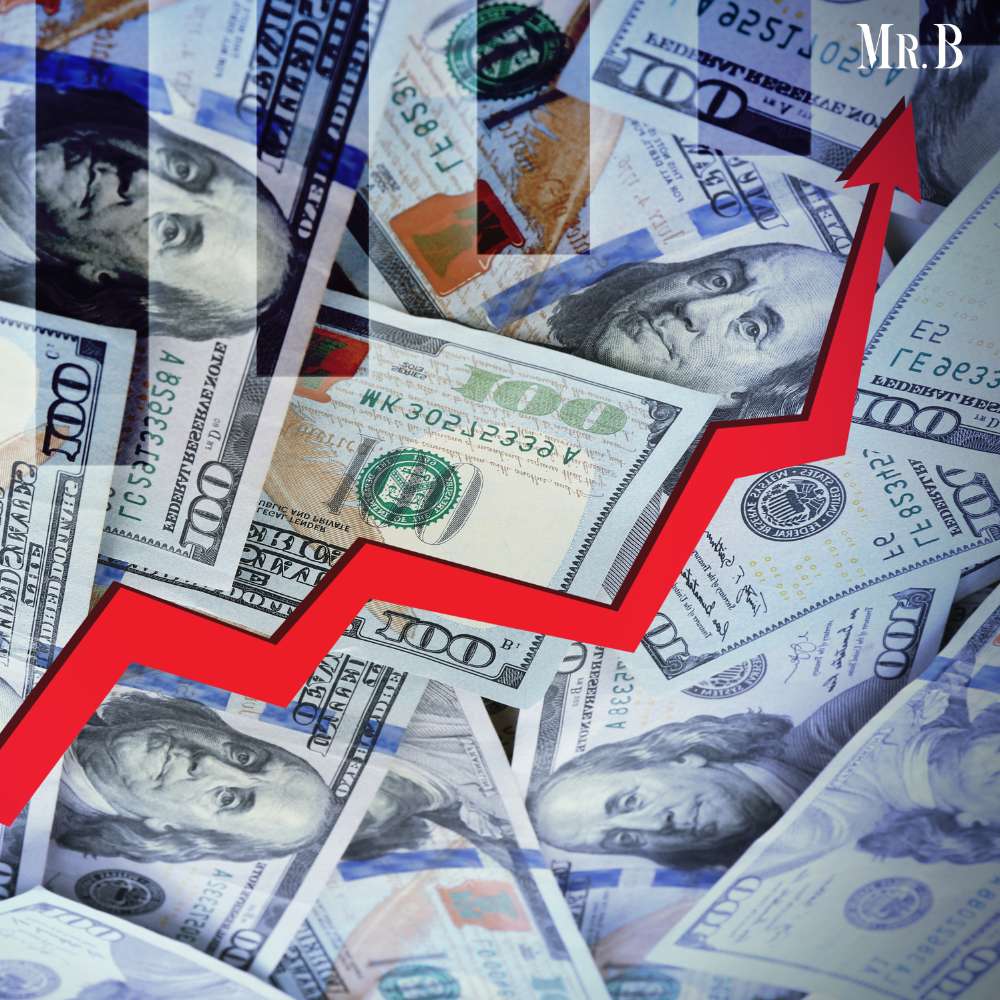A lot of changes take place in the market due to the shifts in equilibrium. These shifts plays a pivotal role, influencing economic landscapes, trade dynamics, and investment climates. Understanding the five key changes that cause shifts in equilibrium is paramount for stakeholders navigating these complex waters. These shifts, akin to the subtle movements of a symphony, orchestrate the ebb and flow of economic landscapes, dictating the fate of nations and the prosperity of industries.
The 5 Changes that cause a shift in Equilibrium:
1. Monetary Policy Adjustments:
The shifts in equilibrium often find their genesis in adjustments to monetary policies. Central banks worldwide tweak interest rates to control inflation, stabilize currencies, and stimulate economic growth. Such policy shifts can drastically alter the equilibrium, impacting borrowing costs, investment decisions, and overall market sentiments.
2. Trade Imbalances:
Global trade is a delicate balancing act, and when imbalances occur, they trigger shifts in equilibrium. Trade deficits or surpluses influence exchange rates, affecting the competitiveness of nations in the international market. These shifts ripple through various industries, creating winners and losers in the process.
3. Technological Disruptions:
The relentless shifts in equilibrium impact technology too. The technology introduces disruptive innovations that can tilt the equilibrium of entire industries. The advent of artificial intelligence, blockchain, and automation reshapes traditional business models, rendering some obsolete while creating opportunities for those quick to adapt.
4. Geopolitical Turbulence:
Political events and geopolitical tensions are potent catalysts for equilibrium shifts. Trade wars, sanctions, or geopolitical crises can introduce uncertainties that reverberate through financial markets. Investors often respond by adjusting portfolios, causing fluctuations in asset prices and altering market equilibrium.
5. Economic Shocks:
Natural disasters, pandemics, or financial crises can unleash economic shocks, triggering significant shifts in equilibrium. These events disrupt supply chains, impact consumer behavior, and force governments to implement emergency measures, creating a domino effect on global markets.

The Ill-Effects of Disrupted Equilibrium:
When shifts in equilibrium disrupted, the repercussions are far-reaching. Financial volatility, market inefficiencies, and economic downturns become more likely. Businesses face challenges in planning and forecasting, and investors grapple with increased uncertainty, potentially leading to reduced confidence and a slowdown in economic activity.
Moreover, disrupted equilibrium can exacerbate income inequality, as certain industries or regions may bear the brunt of the shifts while others flourish. Social and political ramifications may follow, adding complexity to the already intricate tapestry of global markets.
The Importance of Sound Equilibrium:
Maintaining a sound equilibrium in global markets is essential for fostering stability, promoting sustainable economic growth, and ensuring fair competition. A balanced equilibrium facilitates efficient resource allocation, encourages investment, and fosters a conducive environment for international trade. Nations with stable economic conditions are better positioned to weather economic storms, attract investments, and provide a high quality of life for their citizens.
1. Economic Stability:
Sound equilibrium is the bedrock of economic stability, providing the necessary foundation for sustained growth. When markets are in balance, the likelihood of severe economic downturns diminishes, fostering an environment conducive to investment and business expansion.
2. Investor Confidence:
Maintaining equilibrium instills confidence in investors. Predictability in market conditions allows investors to make informed decisions, allocate resources strategically, and engage in long-term planning. This confidence attracts both domestic and foreign investments, fueling economic development.

3. Efficient Resource Allocation:
A balanced equilibrium facilitates efficient resource allocation across industries. Resources, including labor and capital, are directed towards sectors where they can be most productive. This ensures that the economy operates at its optimal capacity, maximizing output and minimizing wastage.
4. Job Creation:
In a state of equilibrium, industries are more likely to expand, leading to increased job opportunities. A stable economic environment encourages businesses to hire, reducing unemployment rates and contributing to overall social well-being.
5. International Trade:
Equilibrium is crucial for fostering fair and sustainable international trade. Balanced economies are more likely to engage in mutually beneficial trade agreements, promoting global economic integration. Unstable economic conditions, on the other hand, can lead to protectionist measures and trade imbalances.
6. Government Fiscal Management:
Governments rely on stable economic conditions to implement effective fiscal policies. Sound equilibrium allows for better fiscal planning, enabling governments to manage budgets, control inflation, and respond strategically to economic challenges.
7. Social Welfare:
A balanced economy contributes to social welfare by ensuring a more equitable distribution of wealth. A thriving economy generates revenue that can be directed towards social programs, education, and healthcare, improving the overall quality of life for citizens.

8. Resilience to External Shocks:
Equilibrium acts as a shield against external shocks, such as global economic crises or geopolitical events. Economies in equilibrium are better equipped to absorb shocks, adapt to changing circumstances, and recover more swiftly from unforeseen challenges.
Shifts in Equilibrium to the Right:
When the shifts in equilibrium to the right, it signifies an increase in overall economic output. This can be the result of factors such as improved productivity, technological advancements, or positive policy changes. In such a scenario, industries expand, employment rates rise, and consumer confidence typically increases. However, an excessive shift to the right can lead to inflationary pressures and potential economic imbalances.
Shifts in Equilibrium to the Left:
Conversely, an equilibrium shift to the left implies a decrease in overall economic output. This could be triggered by factors like economic downturns, policy failures, or external shocks. In a leftward shift, industries may contract, unemployment rates may rise, and consumer spending might decline. Striking the right balance becomes imperative to avoid prolonged economic recessions and social hardships.
Conclusion
The symphony of global markets is shaped by the delicate interplay of equilibrium shifts. Understanding the forces behind these shifts and their consequences is vital for governments, businesses, and investors navigating the ever-changing economic landscape. As we strive for a resilient and sustainable global economy, the harmonious management of equilibrium becomes the conductor’s baton guiding us through the complexities of the market orchestra.







